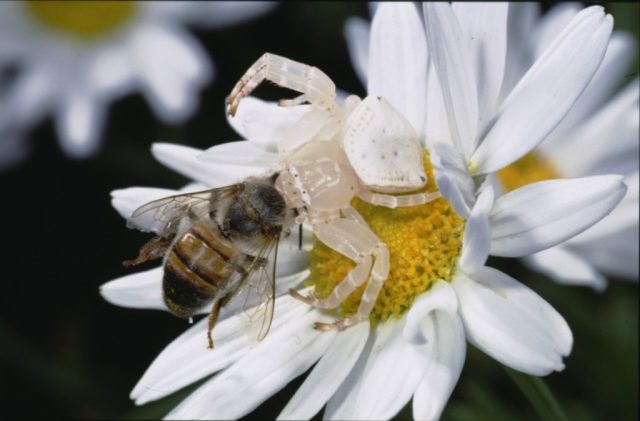Down under, deception runs rampant
Ars Technica » Scientific Method 2014-01-07

Sometimes, Mother Nature can be a dirty liar. Moths pretend to be dangerous spiders, antelopes deceive their mates, and carnivorous plants mimic harmless flowers to attract prey. There is astounding diversity in the deceptive strategies of plants and animals. But, as it turns out, many of these clever critters have a single origin: Australia. Down under, both the number of deceptive species and the variety of their behavioral strategies are disproportionately large.
Take orchids, for instance. Orchids can be tricky plants; instead of offering up a delicious slurp of nectar, some species lure in unsuspecting male pollinators by mimicking female insects looking for a mate. And while Australia is home to only about five percent of the world’s orchid diversity, more than half of the known sexually deceptive orchid species on Earth evolved there.
Animals in Australia pull plenty of tricks, too. Australian crab spiders are particularly cunning; they sit on plants, lying in wait until a pollinator drops by for a visit. These tiny predators reflect UV light just as a flower might do to advertise its nectar, luring victims into the danger zone. This trick is a relatively common one in Australia, with at least five different species of spiders exhibiting UV deception. But in the rest of the world, it’s almost unheard of: there’s only one other known species of crab spider that pulls a similar trick, and it lives in India.
Read 3 remaining paragraphs | Comments